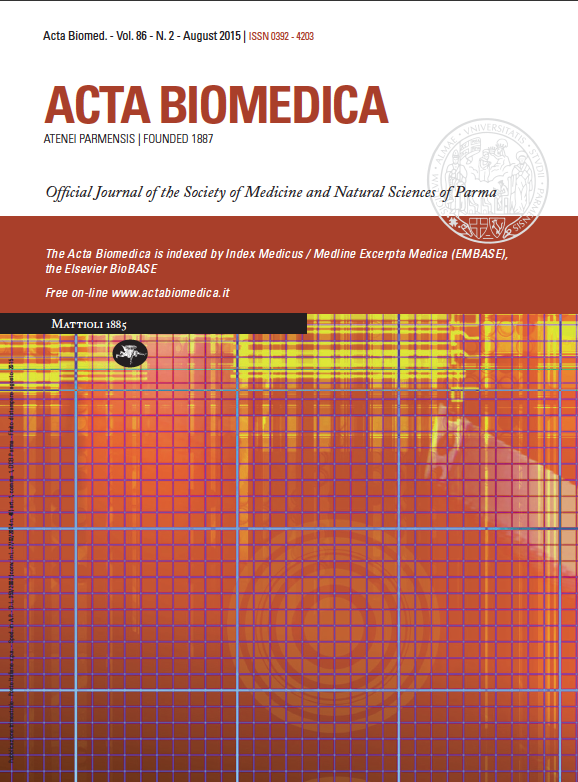Overcrowding and clinical risk in Emergency Departments. A model for the reduction in NEDOCS: preliminary results
Keywords:
access block, bed management, crowdingAbstract
Overcrowding in Emergency Departments represents one of the main concerns in effective hospital management today. In order to reduce this phenomenon, this study experimented with a new organizational model that exploited available resources, without incurring additional costs. Through the redistribution of hospital beds, it was possible to reduce access blocks in the Emergency Department of the test hospital. The observational period of this study was of 120 days, and daily surveys of crowding were performed at predetermined intervals. The measurement of overcrowding was calculated utilizing the National Emergency Department Overcrowding Score. The findings reveal a significant reduction in overcrowding due to an increase of only 6 beds in the Emergency Department. Currently, it is known that the principle cause of overcrowding is attributed to a lack of hospital beds for inpatients. Numerous studies have shown that through the lengthening of inpatient hospitalizations it is possible to improve crowding levels in Emergency Department. This findings of this study robustly demonstrate that a small increase in the number of available beds available in emergency department leads to a decrease in all variables of the NEDOCS, and in particular, that of the severely and dangerous overcrowding score.Downloads
Published
Issue
Section
License
This is an Open Access article distributed under the terms of the Creative Commons Attribution License (https://creativecommons.org/licenses/by-nc/4.0) which permits unrestricted use, distribution, and reproduction in any medium, provided the original work is properly cited.
Transfer of Copyright and Permission to Reproduce Parts of Published Papers.
Authors retain the copyright for their published work. No formal permission will be required to reproduce parts (tables or illustrations) of published papers, provided the source is quoted appropriately and reproduction has no commercial intent. Reproductions with commercial intent will require written permission and payment of royalties.



